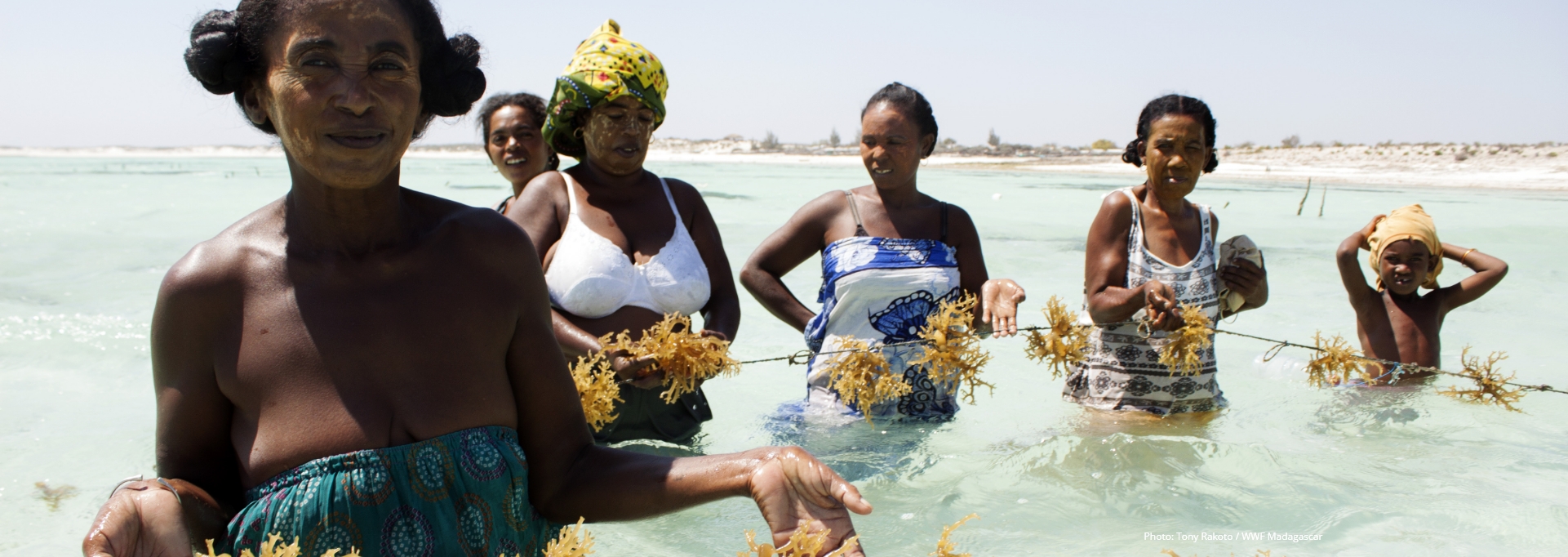Aquaculture
Aquaculture

Two major types of AQUACULTURE have been identified as key investment opportunities across the SWIO region:
ABALONE RANCHING
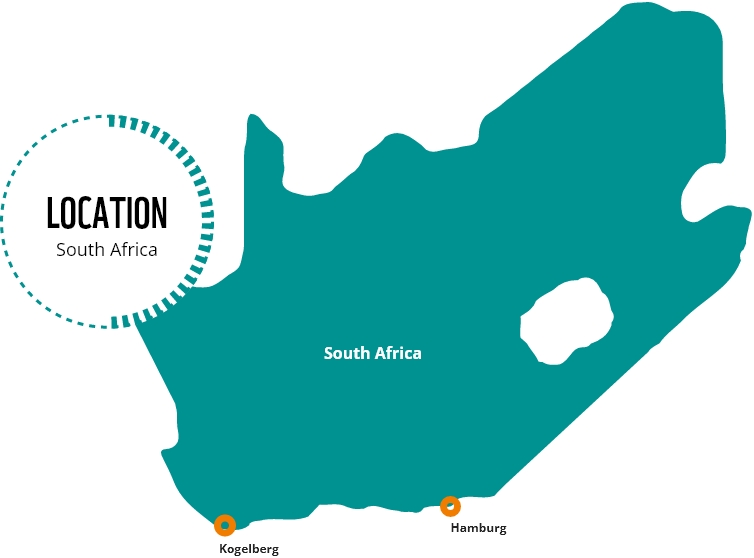
Concept.
Product sales.
Ranching is expected to be run by the local communities implying job creation from operations, sales, management, security, etc.
BMZ (Federal Ministry of Economic Cooperation and Development) – with the objectives of improved governance & livelihoods.
WWF aims to align stakeholders (obtain buy-in from the communities and secure funding), and to undertake the feasibility study.
+ Clear revenue stream.
+ Substantial market potential in Asia (specifically China).
+ Limited infrastructure CAPEX.
– Time-to-market to be covered by investment (4/5 years to obtain first revenues).
– Security of production.
- Job creation.
- Improved livelihoods.
- Reseeding.
- Limited coastal footprint.
- Limited to no energy or feed required.
- Technical assistance for community engagement.
- Development of technical skills – an internal mangrove restoration skills gap exists (currently provided by Adel Sofalaand Wetlands International).
- Building capacity for monitoring, reseeding.
- Building capacity for security.
Intermediate – on the West Coast of South Africa as abalone ranching requires specific conditions.
- Legal: abalone exports are subject to international compliance.
- Security linked to high-end product (theft, crime).
To be investigated further with the feasibility study.
- Next step: further Strategic Livelihood Projects workshops to obtain buy-in from community.
- Apply for funding from BMZ for feasibility study/proof of concept.
- Get approval from national/regional Government.





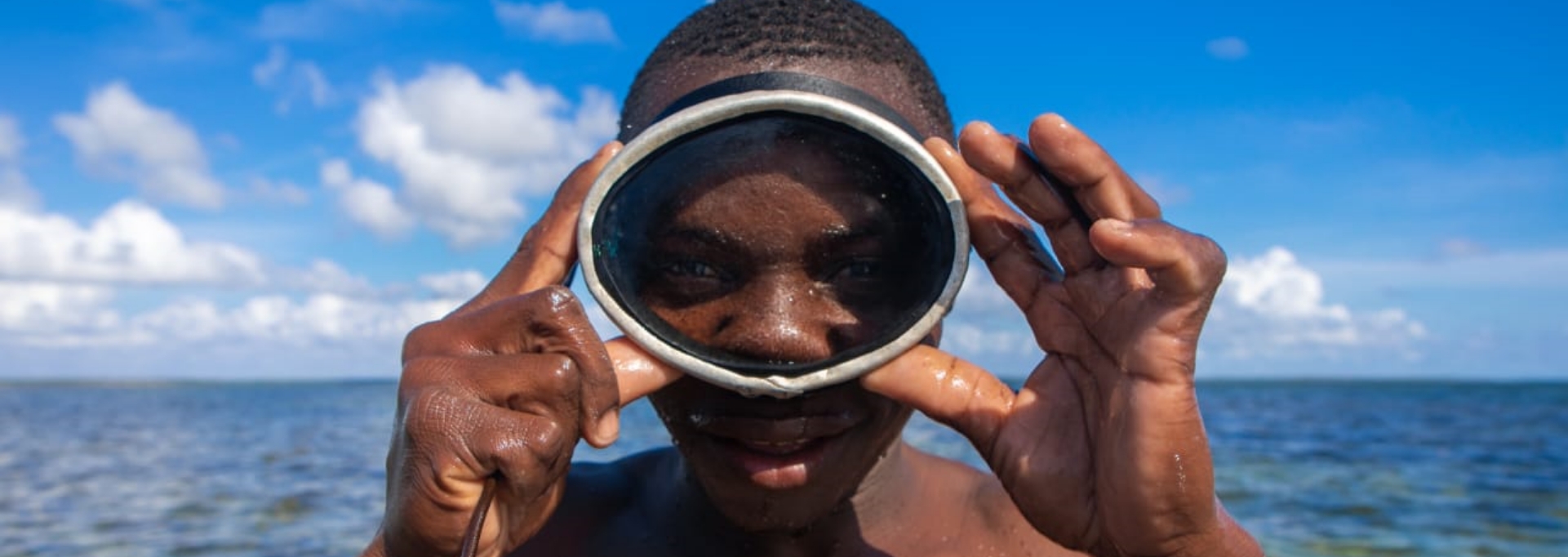
SEAWEED FARMING
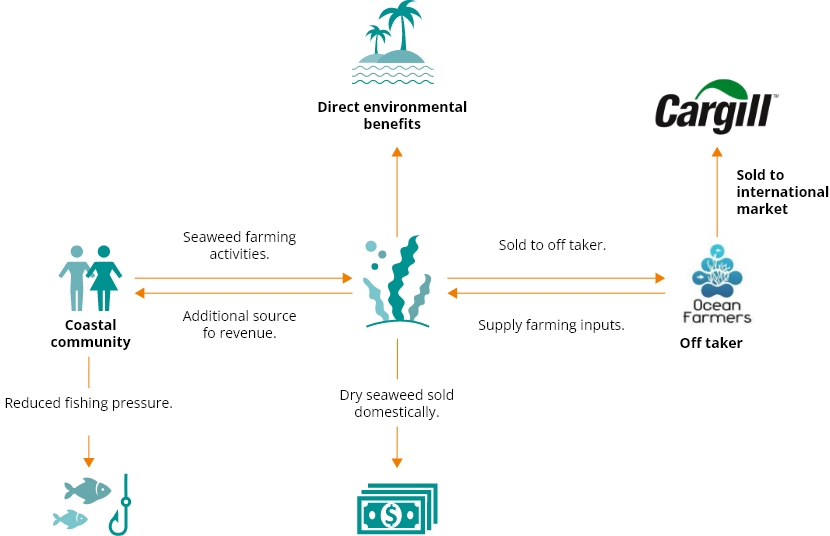
STREAM OF
(~50% UPLIFT)
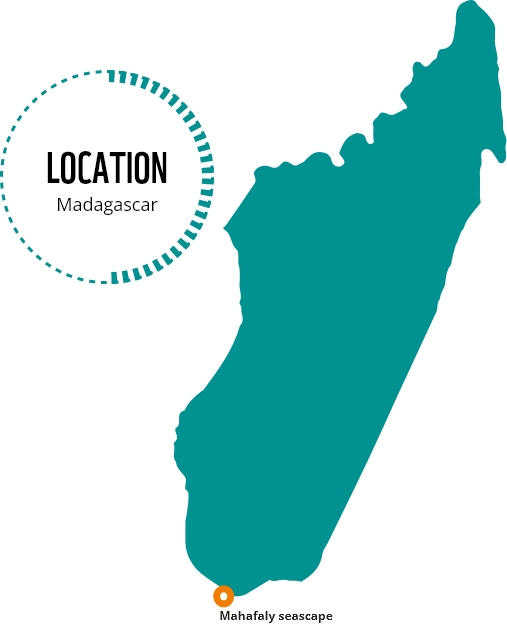
Stage of development.
Sale of dried seaweed.
Empowered women and their households.
PCI Media, Adel Sofala, Kukumbi, Wetland International, Save Our Mangroves Now, IUCN and Eduardo Mondlane University.
OceanFarmers, Wildlife Conservation Society.
WWF has provided training, and technical support.
+ Similar successful projects in the region (piloted by Blue Ventures).
+ Increasing global demand.
– Access to market.
– Sales and marketing abilities.
- Job creation.
- Improved livelihoods.
- Reseeding.
- Limited coastal footprint.
- Limited to no energy or feed required.
- Technical assistance for community engagement.
- Development of technical skills –an internal mangrove restoration skills gap
exists (currently provided by Adel Sofalaand Wetlands International).
To be investigated further with the feasibility study.




IF YOU ARE INTERESTED IN SUBMITTING A PROJECT OR INVESTING IN ONE OF THE PROJECTS PROFILED ON THIS PLATFORM, THEN PLEASE COMPLETE THIS FORM AND WE WILL BE IN TOUCH SHORTLY.


